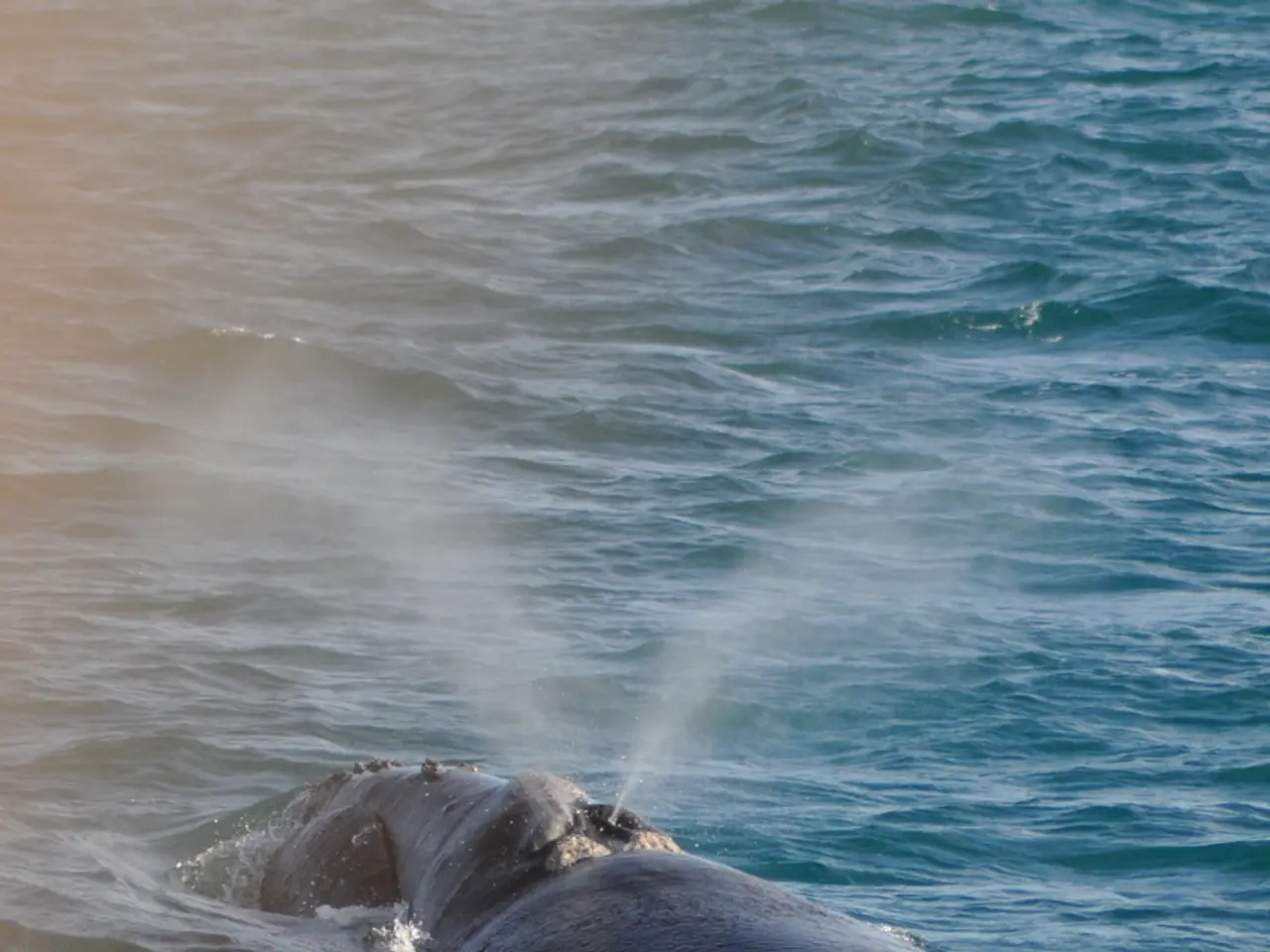Divine Beings Walk Among Humankind
In the vast expanse of the ocean, a fascinating exploration is underway, aiming to bridge the gap between humans and some of the earth's most majestic creatures – whales. This research, using machine learning and language-translation algorithms, is shedding light on the complex world of whale communication.
The Lummi people, indigenous to the Pacific Northwest, hold killer whales in high regard, referring to them as Qwe 'lhol mechen, or our relatives who live under the sea. This reverence is mirrored in numerous religions and cultural mythologies worldwide. Whales, it seems, are not just animals but emissaries of the divine.
One of the most remarkable aspects of whales is their longevity. Dating back 50 million years ago, whales predate humans, making them some of the oldest mammals on Earth. Today, around 24,000 gray whales make the impressive 12,000-mile round-trip journey each year, with marine protections helping their Eastern Pacific population.
The endangered Southern Residents of the northeast Pacific are matrifocal and demonstrate philopatry, a strong bond with their family and territory. Some whales use their songs to identify themselves and signify specific types of relationships, kinship, social ties, and hunting styles.
The attempt to communicate with whales might reflect a deeper desire for dialogue with the divine. One aim of this research is to promote empathy for whales, as they are threatened by climate change and human ecological interference. The research could potentially restore faith in nature or help humans learn to listen to whale songs, considered enrapturing by many and sacred beyond words.
Current research is progressing, but remains in an early and exploratory stage. Key developments include DolphinGemma by Google DeepMind, a large language model designed to analyze and help interpret dolphin vocalizations, and WhaleLM from MIT, an audio model trained to predict sperm whale conversations and understand their syntax. Project CETI, led by linguistics experts and involving machine learning techniques, is using ML to study sperm whale sounds.
Despite these advances, fundamental challenges remain. Whale and dolphin communications mainly serve signaling functions, which are less complex than the open-ended semantics and syntax of human language. Many animals, including whales, rely also on non-acoustic signals such as visual, chemical, and mechanical cues, making any isolated acoustic translation incomplete or difficult to interpret in a human linguistic frame. The cognitive and contextual worlds of whales differ significantly from humans, so fully grasping or "translating" their communication requires not only decoding sounds but understanding radically different life experiences and contexts.
Overall, the current state of research uses machine learning to decipher the structure and meaning of specific whale vocalizations with promising early results, but the ability to translate whale "language" into English or another human language with full semantic understanding remains aspirational. The near-term gains are expected to be improved understanding of whale social communication complexity rather than direct two-way communication.
As we continue to delve into the intricate world of whale communication, we are not only learning more about these magnificent creatures but also reflecting on our own humanity. After all, these ocean giants, like us, are social beings, living in complex societies and communicating in their unique ways. Perhaps, in understanding them better, we are also learning to appreciate our own place in the world.
- The Lummi community, native to the Pacific Northwest, views killer whales as Qwe 'lhol mechen, or their relatives who live under the sea, reflecting a global reverence for whales in various religions and cultural mythologies.
- Whales, with their longevity that dates back 50 million years, are among the oldest mammals on Earth and are respected not just as animals but as emissaries of the divine.
- In the realms of art and culture, whales are often celebrated in magazines, newsletters, and books that cover lifestyle, fashion-and-beauty, and entertainment.
- The ongoing research into whale communication, using machine learning and language-translation algorithms, aims to promote empathy for whales, which are threatened by climate change and human ecological interference.
- In the field of science and environmental-science, projects like DolphinGemma by Google DeepMind and WhaleLM from MIT are advancing our understanding of whale vocalizations and conversations by using artificial intelligence and machine learning.
- As we endeavor to fully comprehend the complex world of whale communication, we are not only gaining insights into these fascinating creatures but also reflecting on our own humanity, recognizing that we are all social beings living in complex societies, communicating in our unique ways.




